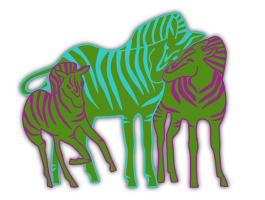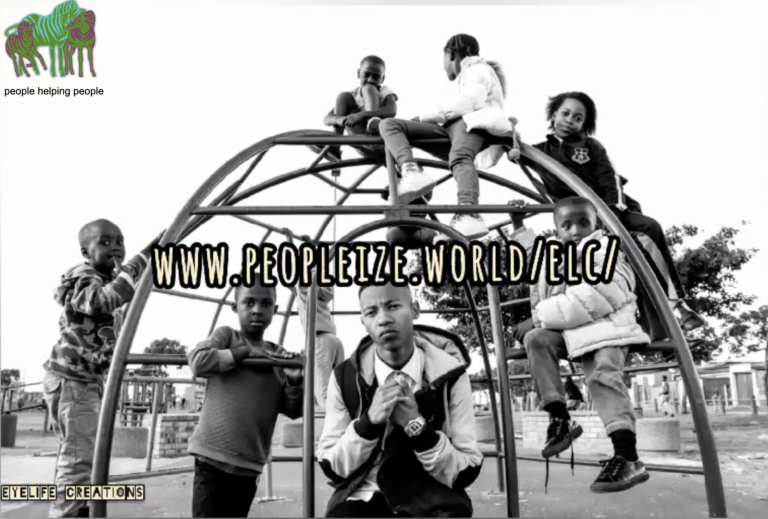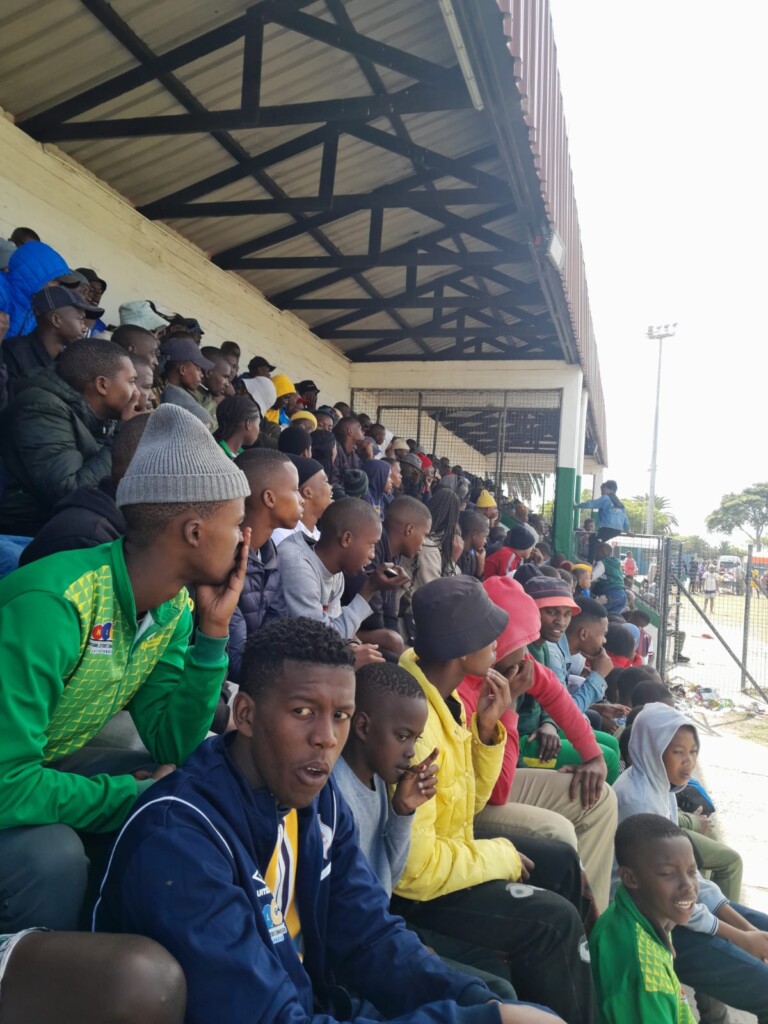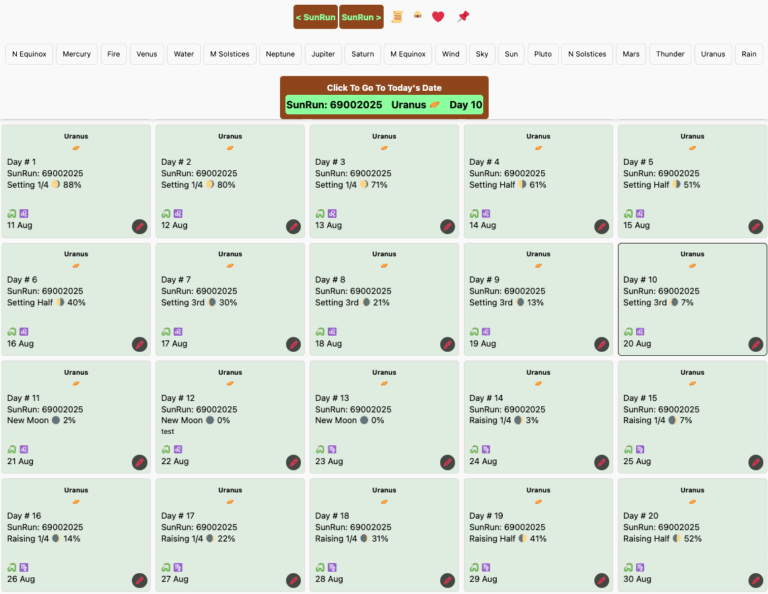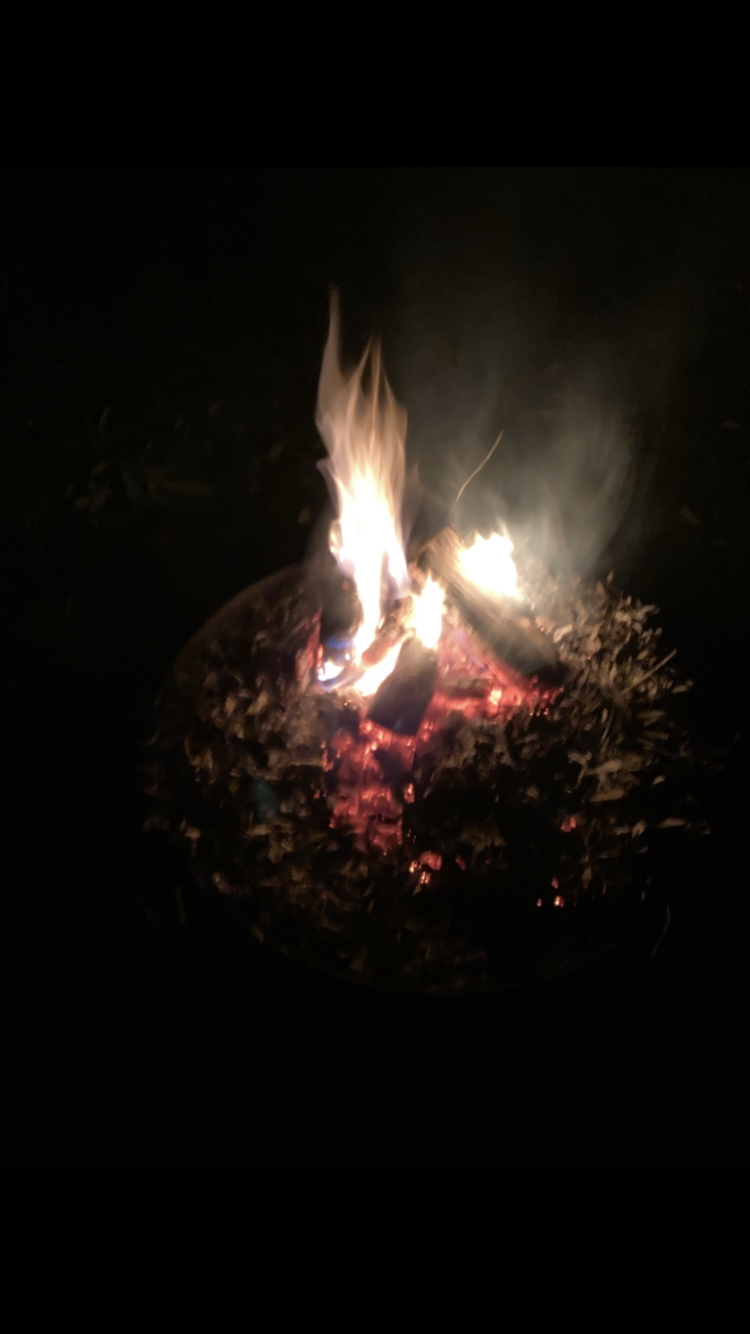Words have power. They shape our perception, define our realities, and can either liberate or confine us. We often place them in separate boxes: “sacred” vs. “secular,” “divine” vs. “fictional.” But what happens when we dare to compare the definitions of two seemingly opposite concepts? What if we hold the dictionary definitions of “religion” and “fairy tale” up to the same light?
The exercise is not meant to insult, but to illuminate. It is a call for radical honesty about the foundations of our shared world.
Let’s examine the definitions without preconceived bias.
A fairy tale is universally understood as “a short story that belongs to the folklore genre. Such stories typically feature magic, enchantments, and mythical or fanciful beings.” Not based on factual proof.
A religion is “a sociocultural system of beliefs, practices, and worldviews that connect people to a supernatural or transcendental reality.” Not based on factual proof.
The structural resemblance is undeniable. Both are built upon a bedrock of elements that exist entirely outside the realm of verifiable, empirical evidence.
Magic and the Supernatural: The Common Currency
The lifeblood of any fairy tale is magic. It is the engine of the plot. A kiss breaks a century-old curse. A lamp contains a genie who can alter reality with a wish. A wolf speaks and schemes. These are enchanting narratives precisely because they defy the consistent, observable laws that govern our Earth.
Religion operates on the same currency. Its very definition requires a “supernatural or transcendental reality.” This is the domain of miracles: seas parting, the dead rising, heavenly revelations. It is the realm of divine intervention, prayer that alters events, and sacred objects possessing unseeable power. These concepts are, by any objective standard, magical. They require a suspension of disbelief and an acceptance of a world where the natural order is routinely superseded by higher, unseen forces that cannot be proven. Furthermore, both worlds are populated by a cast of “mythical or fanciful beings.”
The fairy tale has its giants, trolls, and fairy godmothers. Religion has its angels, demons, gods, and spirits. These entities are powerful symbols, representing forces of good, evil, inequality, temptation, and blessing. Their existence is a matter of narrative faith, not tangible proof in real world.
From Bedtime Story to Bedrock of Society
This is where the paths diverge, and where the comparison becomes critically urgent.
A fairy tale is generally acknowledged as a story. We enjoy it, we may learn a moral from it, but we close the book and re-enter a world governed by consensus reality. Its power is contained.
Religion, however, makes a monumental leap. It is not just a story; it is a “sociocultural system.” This is the crucial distinction with profound consequences. The magical narrative is codified into law. It becomes the justification for social structure, ethical codes, and political power. The supernatural claim is no longer a personal muse; it is the incontrovertible foundation for governing human life.
The Religious system, by its very nature, sanctifies its own authority as beyond reproach. To question the system is to question the divine, the supernatural, the magical core itself. This has historically created structures ripe for oppression. When a society’s laws are based on a non-provable, transcendental reality, they can be used to enforce inequality, suppress dissent, and justify discrimination against those outside the belief system. The “truth” of the religious system is circular, relying on its own internal dogma for validation, immune to external evidence or evolving human understanding.
The Choice Before Us: A Religious Fantasy Past or an Equal Future
People now stand at a crossroads, and the choice is stark.
1. On one path, we continue to organize our global society around these religion-based, transcendental, fictional sociocultural systems. We continue to allow ancient stories of magic and myth to dictate modern laws, perpetuate inequalities, and justify division. This is a choice to live inside the religious fairy tale, to allow our shared reality to be dictated by a narrative we did not choose and cannot verify.
2. On the other path, we choose to grow together in equality. We choose to build our world on the verifiable ground of real-world equality. This is a peopleized world. It is a world where our laws, ethics, and social structures are derived from the observable, empathic truth of our common equality. It is a system based on evidence, fact, and the universal personal desire for dignity, freedom, and well-being. Its authority comes from the equality of all people and is therefore accountable to all people of the Earth.
This is not an attack on personal religion or the comfort one may find in tradition. It is, however, a forceful argument for divorcing personal religious bias from public policy. Let the magical stories be what they are: sources of personal inspiration, cultural folklore, and moral parables. But let them remain in the realm of the personal fairy tale category.
Our shared Earth, our global society, must be built on a foundation of equality we can all see, touch, and agree upon: the inherent worth and equal rights of every person. The religious fairy tale has given us many stories. It is now time to write our own story based not on magical thinking, but on the true potential of people cooperation and equality of all people.
THE PEOPLEIZE PRESS
